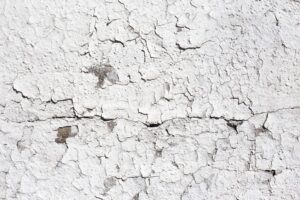
Soft, malleable, and toxic to humans, lead is a material that should not be taken lightly. Unfortunately, many homes and buildings throughout the U.S. and here in Kansas City contain lead. How? Through lead paint. Widely used for over a century, lead paint was only banned in 1978. This means that a home or office space could contain lead without the occupant’s knowledge.
However, by identifying lead paint early, you can reduce your risk of health complications later in your life. Read on to learn more:
Alligatoring
“Alligatoring” is when paint begins to crack and wrinkle, appearing flaky and scaly. It’ll look like the skin of a reptile or alligator, hence the name. This is one of the most common signs that your paint contains lead. As such, you should closely examine your painted walls, checking for any scaly texture.
White dust clouds
When lead paint flakes off, it creates white, dusty clouds. These dust clouds also create a chalky residue when you rub it off of the walls. To check for this, put on a pair of gloves and a protective facemask. Then, rub the walls of your home and check to see if an unusually large amount of dust or chalky residue comes off.
Check the age of your building
There may not always be outward signs of lead paint in your home. Sometimes, you may have to dig a little deeper. Checking the age of your building will not always give you a definitive answer, but it will give a clue as to whether or not there is lead paint. Generally speaking, if your home or office was built before 1978, there is a good chance it contains lead paint.
Perform a lead paint test
At the end of the day, the only way to tell if there is lead paint in your home or office is to test for it. At Axiom Service Professionals, we offer lead-based paint testing for all clients in the Kansas City, MO, area. Contact us today to learn more.


Recent Comments